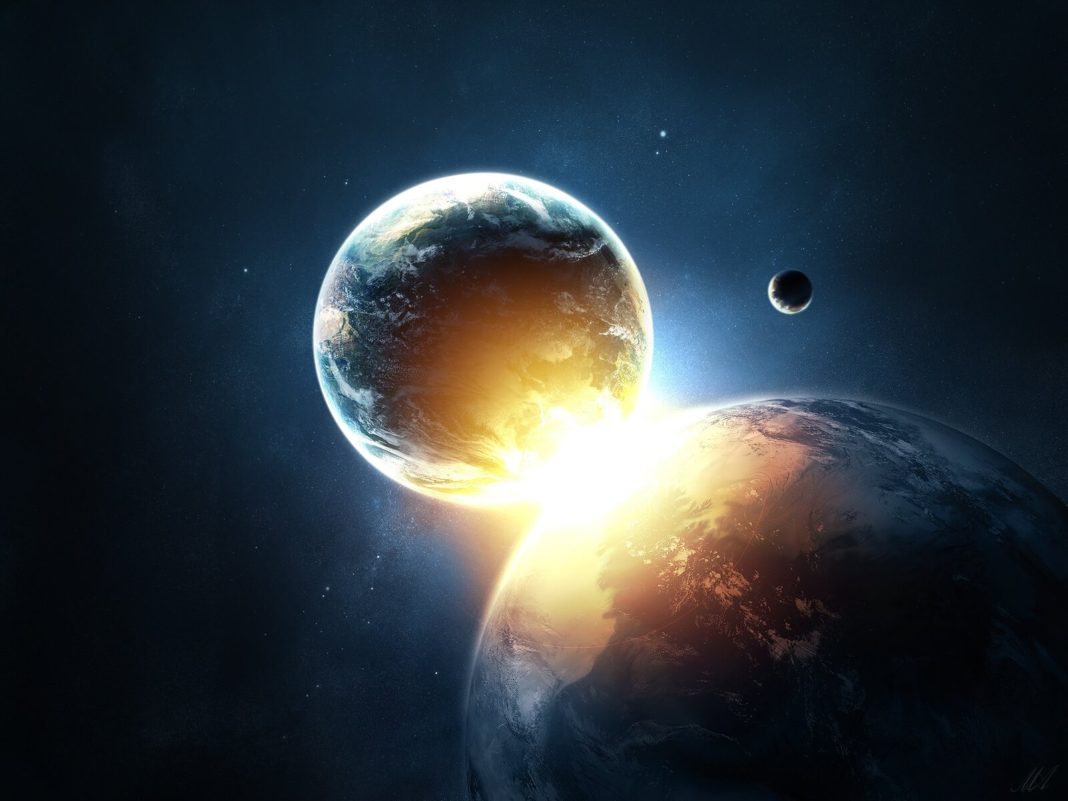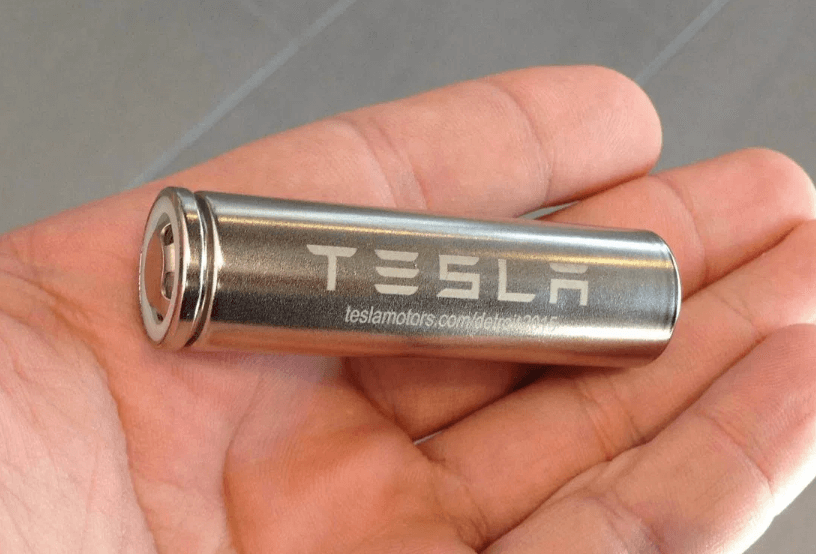Recent studies suggest that the Moon is the result of many violent collisions happening around 4.5 billion years ago. The report was published by a group of astronomers in the Nature Geoscience journal and goes on to explain how stellar objects smashing into our planet was, in fact, the beginning of the creation of the Moon.
Astronomers were already aware of the fact that the Moon is constructed of parts of the Earth, but what has never been clear are all the details surrounding the actual collision. For example, once upon a time, scientists thought just one big object hit Earth, like perhaps another planet, and this was the theory that stuck for years. The object was named Theia in one 2016 project, and even the angle of the impact was estimated.
But, other astronomers are not so convinced with this theory. They feel that it’s much more likely that the Earth was hit by several different space objects called planetesimals, rather than one large object. It has been suggested that several repeated collisions occurred with the planet causing parts of it to break off and drift into orbit around Earth. Eventually, it would settle in disks until they grew into moonlets that would merge into one, solitary rock.
Co-author of the study, Hagai Perets, said, “Our model suggests that the ancient Earth once hosted a series of moons, each one formed from a different collision with the proto-Earth. It’s likely that such moonlets were later ejected, or collided with the Earth or with each other to form bigger moons.” Perets also commented in a recent statement that moonlets could quite simply smash into one another and rolled into much larger bodies, one of which is the actual Moon that we see today.
More News To Read
- Pioneering Stem Cell Technique Promise Muscle Regeneration Without Cancer Risk
- Researchers 3D Printed One of the Strongest LightWeight Materials
- Security Concerns Over the Web May Soon Be Gone Thanks to New Startup Company
- A New Space Race Kicks Off Between the US and China Thanks to EmDrive
- Major Questions We Still Have About the Universe Today










